6. Hugo (2011)
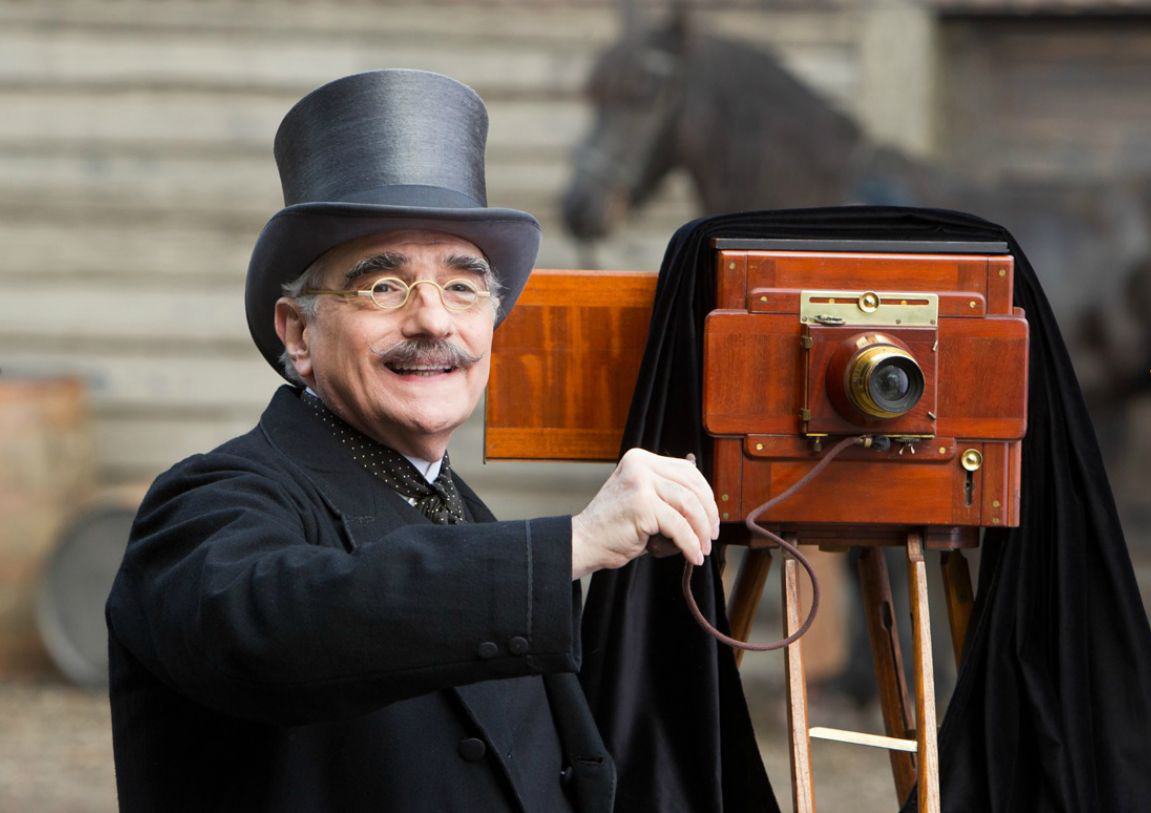
Martin Scorsese is one of the most revered directors in America whose work has inspired generations of filmmakers and entertained millions of people throughout his long career. Always restless to find something new to explore in his medium, in 2011 Scorsese entered the genre of fantasy and released Hugo, his first 3D film and one explicitly made for a family audience.
Unlike many of the films on this list, Hugo was a critical and box office hit. Then why is it on this list? Because it was so expensive to make (between $150 and $170 million) that–with heavy promotional costs included–it never made its money back, topping off at $185 million in box office receipts, which are halved after the theaters take their cut. It was, to put it lightly, a gigantic box office bomb, losing somewhere between $60-$100 million for the studio and its investors.
Of course, it’s a wonderful fantasy film with great effects and a unique story about the power of cinema and is rightly be well-loved by critics and audiences alike. But in the world of filmmaking, it’s a high-stakes, high-risk game, and every dollar that’s put into a movie is a dollar that may never be seen again. While the money spent may produce a fantastic movie, there’s no guarantee of a fantastic pay-off after all is said and done.
7. Jupiter Ascending (2015)
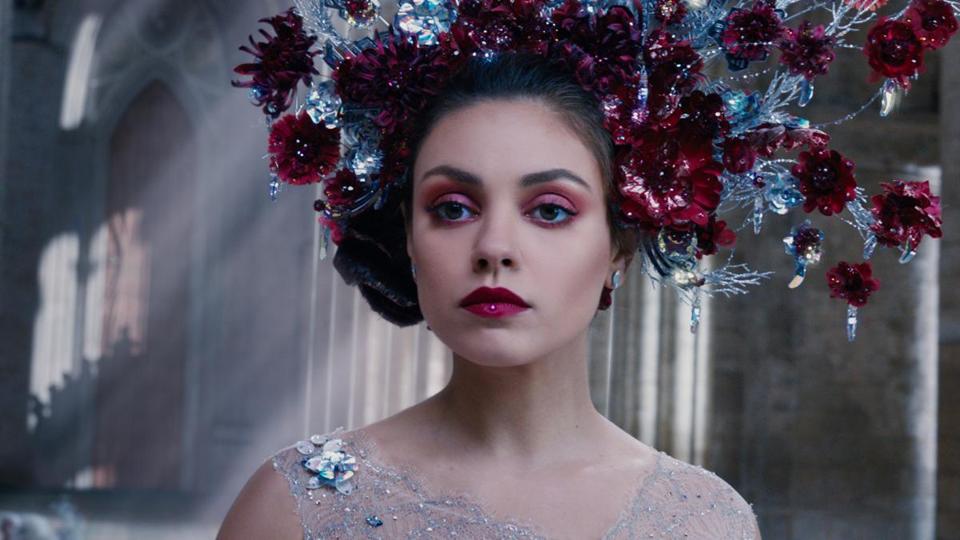
The Wachowski Brothers (now Sisters) are a team of filmmakers who created the memorable Matrix series of films and have been struggling to match that success ever since. Although the excellent Cloud Atlas has found an appreciative audience, it never quite caught on with mainstream audiences (something that will happen if the movie only makes sense to people who had read the book first), while big budget bombs like Speed Racer have cooled the heat that was once on this filmmaking duo.
Adding another nail into their cinematic coffin was 2016’s Jupiter Ascending. Lambasted by critics and shunned by audiences, Jupiter Ascending is an original sci-fi film that was maybe just a few rewrites away from being an excellent film. Instead, cringe-worthy dialogue and weird performance choices by some of the actors doomed it to Battlefield Earth-levels of condescension by critics and filmgoers alike.
Which is unfortunate because there’s a lot of interesting stuff going on in the film: a unique story, a relatively likeable protagonist, and fantastic special effects and art design make Jupiter Ascending a better film than many people consider it at first glance. Audiences didn’t agree, of course, and this $176 million sci-fi spectacle grossed only $184 million at the box office, making it yet another bomb in the Wachowski’s growing arsenal.
8. Tomorrowland (2015)
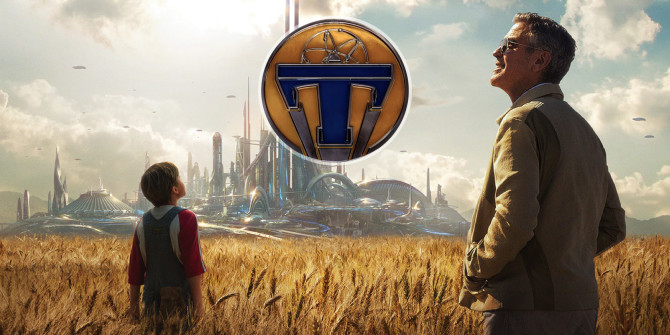
Brad Bird has made some of the most beloved films of the past 20 years, including The Iron Giant, The Incredibles, and Ratatouille. After directing Mission Impossible: Ghost Protocol, Bird continued his foray into live-action films with Tomorrowland. A film about ideals, Tomorrowland focuses on a young woman who’s a science enthusiast that receives a mysterious pin that, once she touches it, transports her to a fantastic potential future where scientific advancements have made the world over into a new utopia.
It’s really unfortunate that this film couldn’t attract the audience’s attentions, especially since it’s the perfect film to show to children to encourage them to look forward to the future and aspire towards their greatest potential. Garnering only mild praise from critics, audiences responded in kind and as a result this Disney film limped toward the finish line to eventually recoup $209 million from its $190 million budget.
And here again, budget is largely to blame: $209 million is a lot of money, after all, but when the film costs almost as much as that to make, and the studio is only getting half of that gross back at the end of the day, it’s a big financial loss. But every penny is on-screen and this family-friendly action-adventure with a great message shouldn’t be overlooked just because it didn’t make a billion dollars.
9. The BFG (2016)
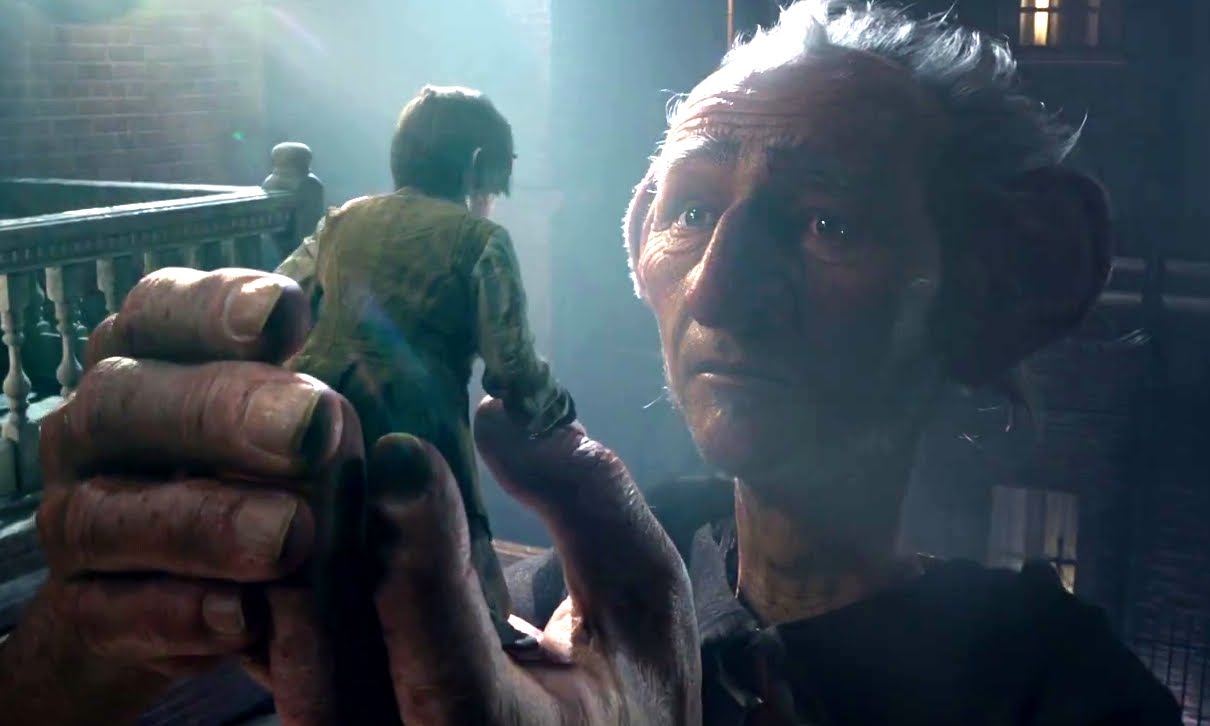
How does Steven Spielberg fail? Granted, some of his films haven’t been huge hits (1941 and Amistad are just two handy examples), but when you have one of the greatest fantasy filmmakers in the world adapting the work of one of the greatest fantasy writers in the world (Roald Dahl), you’d expect a gigantic, non-stop success to come from it.
Alas, Spielberg’s The BFG failed to find traction with audiences despite great critical reviews. The story of an orphaned girl who befriends a BFG (Big Friendly Giant) and is whisked away to his fantasy land of Dream Country to help him combat child-eating giants is rendered wonderfully in CGI (and in 3D when the film came out in theaters), and Spielberg’s touch with making the fantastic seem plausible isn’t lost in this film.
However, vying for attention against another Disney family film, Finding Dory, and released in a crowded summer season sunk The BFG’s chances at turning a profit. Although it eventually raked in $183 million, against its $140 million budget this wasn’t enough to even cover production and promotional costs. But it’s a fantastic family film that serves Dahl’s property well–even if it wasn’t the biggest hit at the time of its release.
10. Ghostbusters (2016)
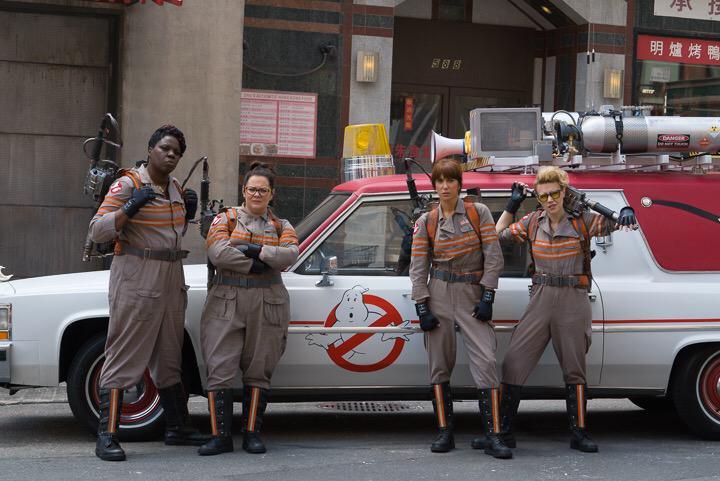
Hoo boy, 2016’s Ghostbusters. There hasn’t been a movie that’s drawn so much unnecessary controversy in a long time since the release of this film, a reboot of the (incredibly) beloved Ghostbuster franchise. Die-hard fans of the original movie vocally revolted against the idea of an all-female reboot, setting off a firestorm of controversy online, while others simply saw this film as wholly unnecessary.
While critical reception was cautiously optimistic for the film, American fans in particular sent its release into a tailspin, with the $144 million film taking in just $100 million domestically, while its worldwide gross returned an anemic total of $229 million. Considering the amount of promotion that went into the film, and that half of that gross goes automatically to theaters, the studio that produced it (Sony) only saw $114 million back on a $144 million investment, plus an estimated $40 million promotional cost, which meant Sony faced a $70 million loss on the film.
Which is wildly unfortunate since this movie is hilarious and very well made. The effects are 10 times better than the original movies, the story is more tightly written, and the ensemble of great comediennes in the film–including Kate McKinnon’s scene-stealing character Holtzmann–made 2016’s Ghostbusters one of the best films released that year.
While it’s easy to say that simple misogyny was at play in the backlash against this film, it may be that the film wasn’t marketed correctly. Its failure may have killed the franchise at this point, but it wasn’t the fault of the movie: instead, maybe the budget and the hype surrounding it was simply too high for the film to ever live up to. Maybe for most of the films on this list that was the case, as well.
Author Bio: Mike Gray is a writer and academic whose work has been featured on Cracked and Funny or Die. He maintains a film and TV blog at mikegraymikegray.wordpress.com.